Tag: Featured
-

Heart rate as diabetes marker
Wearables can effectively monitor heart rate. A recent study shows a new use for this data – predicting diabetes. Penn State‘s Xiang Gao observed an association between faster heart rates and an increased risk of developing diabetes in 73,357 Chinese adults. In the same population, faster heart rates were also associated with impaired fasting glucose levels and…
-
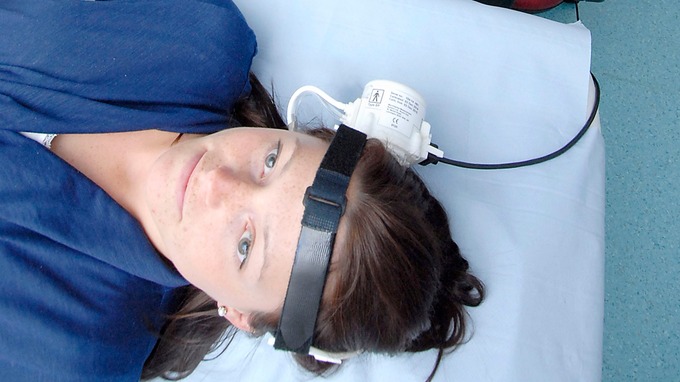
Headphones to diagnose brain injury, infection
Robert Marchbanks and Tony Birch at University Hospital Southampton have developed a noninvasive brain pressure test to detect head injuries and infections. The cerebral and cochlear fluid pressure (CCFP) test uses patient headphones to measure ICP via a channel which links the inner ear with the brain. As fluids in the ear and brain are connected, a…
-

Intent controlled robotic arm with neuroprosthetic implant
Caltech and Keck researchers implanted neuroprosthetics in a part of the brain that controls the intent to move, with the goal of producing more natural and fluid motions. The study, published in Science, was led by Richard Andersen. A quadriplegic implanted with the device was able to perform a fluid handshaking gesture and play “rock,…
-
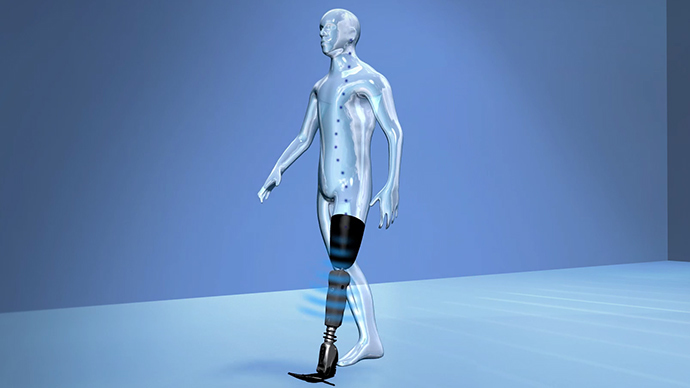
Intent controlled prosthetic foot using myoelectric sensors
Ossur‘s sensor implant allows amputees to control bionic prosthetic limbs with their minds. Myoelectric sensors are surgically placed in residual muscle tissue. Prosthetic movement is triggered via a receiver. Ossur’s existing “smart limbs” are capable of real-time learning and automatically adjust to a user’s gait, speed and terrain. However, conscious thought is still required.…
-

Human cell sensor detects chemical changes early
University of Rochester‘s Spencer Rosero is developing a human cell sensor that, when implanted, detects subtle biological changes to provide advanced warning of health issues. The cells are engineered to detect specific chemical changes. When a variation is discovered, the cells respond, and a fluorescent light glows. The sensor’s camera enables patients and doctors to…
-
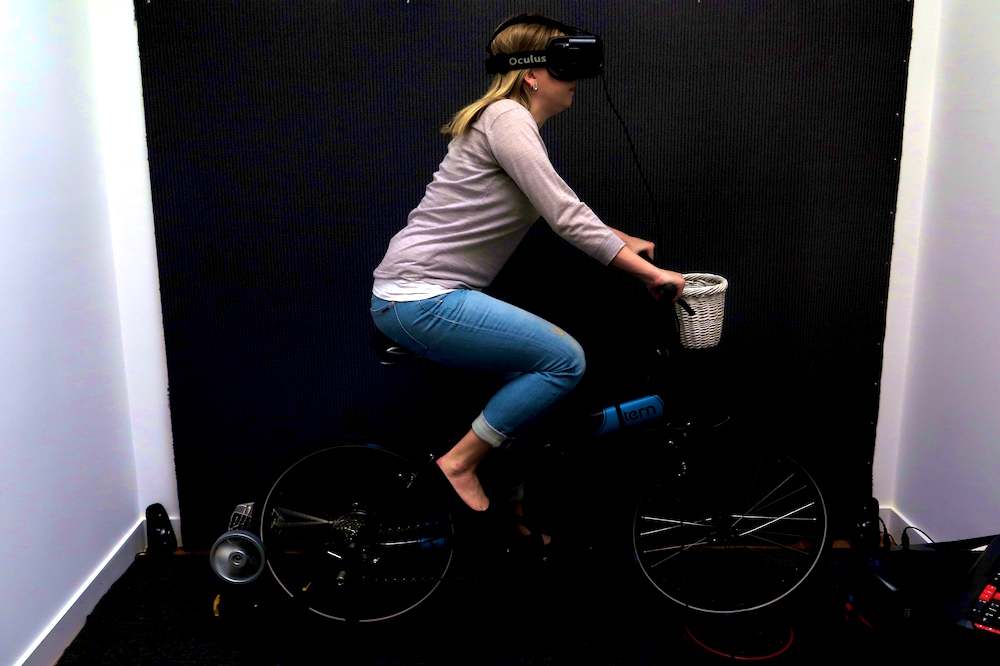
VR headset + bike sensors gamify fitness
Virzoom is a virtual reality exercise system meant to decrease distractions, and increase focus and fun while riding a stationary bike. Sensors attach to several parts of the bicycle. For example, one on the rear wheel measures speed, and one on the front wheel responds to direction. After connecting via USB to a computer, VR…
-
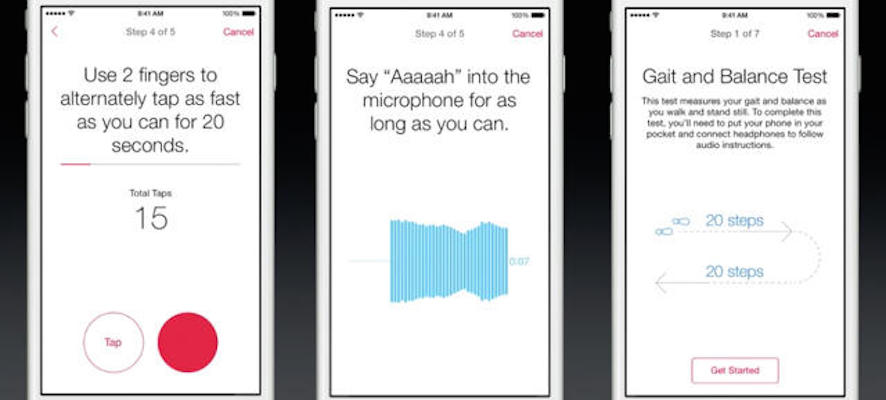
Phone based Parkinson’s research
mPower is a mobile Parkinson’s Disease study, powered by HealthKit. It attempts to understand why people experience different symptoms, and why a person’s symptoms and side effects can vary over time. The process includes surveys and tasks that activate phone sensors. Progression symptoms, including dexterity, balance and gait, are tracked. The goal is to understand variations, improve the…
-
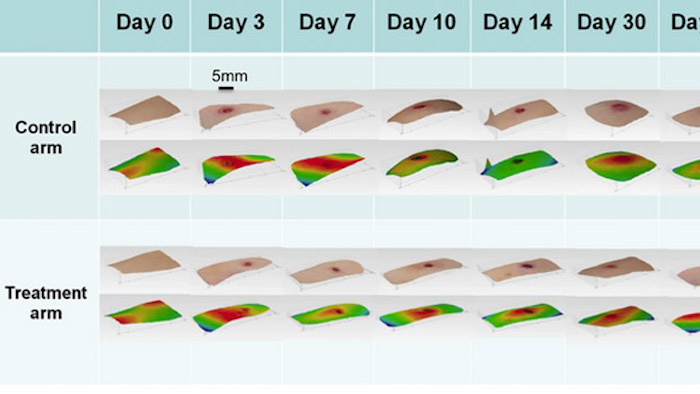
Electrical stimulation to accelerate wound healing
University of Manchester researchers are using electrical stimulation to accelerate wound healing. This can be particularly useful for lower limb venous and diabetic ulcers, and for those with compromised immune systems. In a recent study, 1/2 centimeter sized superficial wounds were created on the upper arm of 40 volunteers. One wound was left to heal normally,…
-

Implant to enable prosthetic sensations
Washington University‘s Daniel Moran has received a DARPA grant to test a device that would stimulate nerves in the upper arm and forearm of prosthetic users. The goal is for the wearer to be able to feel hot, cold, and a sense of touch. In a related development last year, MC10‘s Roozbeh Ghaffari developed artificial skin…
-

Pain relieving wearable, app
Cur is a wearable pain relief system, similar to Quell, (see ApplySci, 1/13/15) for people who respond to TENS. It uses uses electrical stimulation to stop pain at its source. The bandaid-like device sticks directly to skin, and all the modulation of electrical signals is automatically controlled by built in sensors. Users can also adjust the amount of stimulation…
-
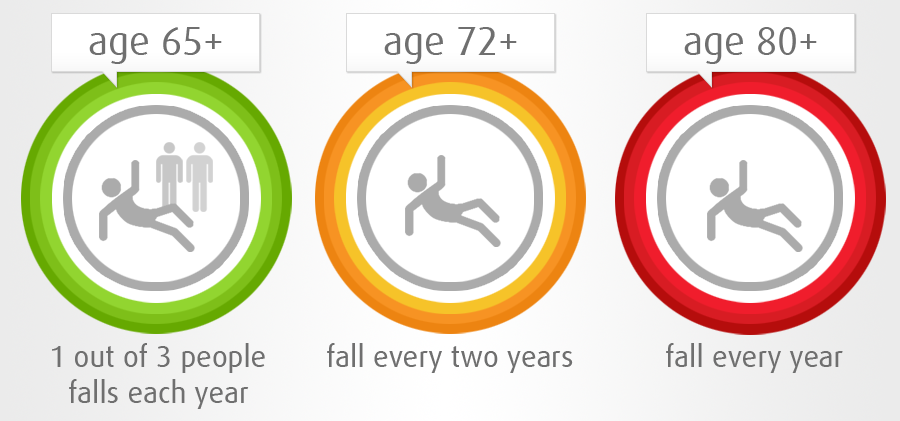
Stamp sized wearable detects falls
As part of its IoT Ubiquitousware platform, Fujitsu has developed a stamp sized sensor tag that detects falls, position, posture, and temperature changes. The tags contain accelerometers, barometers, gyroscopes and microphones. They can also include heart rate sensors and GPS modules. Data is transmitted via Bluetooth Low Energy. Algorithms analyze the data and automatically send alerts…
-

Inhaler sensors track asthma severity across cities
Propeller Health and the Robert Wood Johnson Foundation, through their Air Louisville program, are using sensors on asthma inhalers to track when, where and how often inhalers are used. This helps patients manage symptoms, and city officials warn of increased chances of asthma severity in certain areas. Sensors attach to inhaled medication, and a smartphone app and…